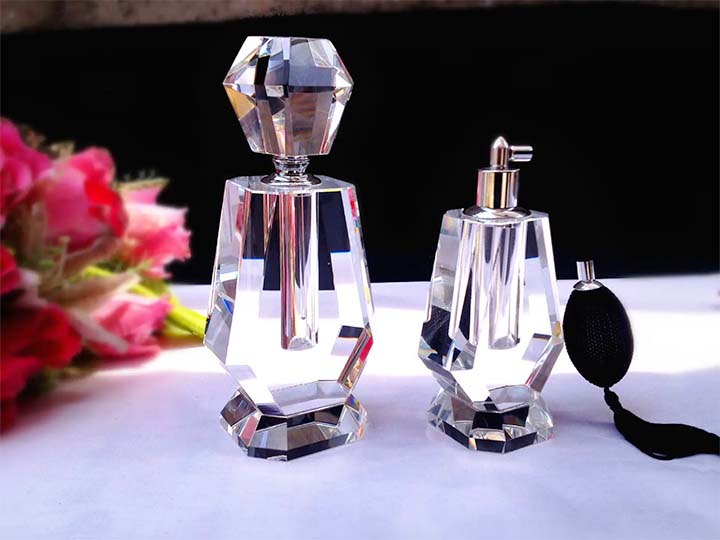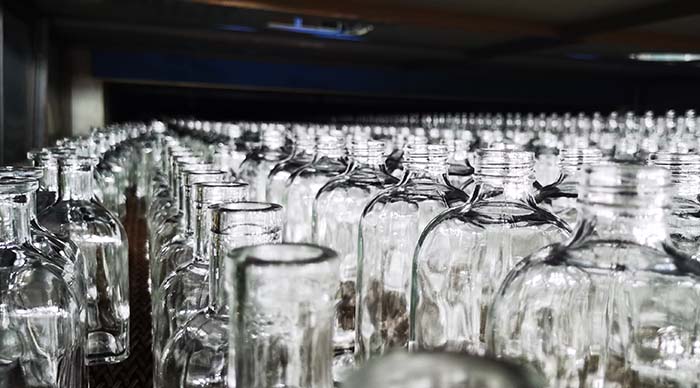When it comes to using glass containers in the microwave, many people are unsure about the safety of different types, especially regarding glass bottles. While glass is generally considered a safer option for microwaving compared to plastic, not all glass containers are suitable for this purpose. In this article, we’ll explore the specifics of microwaving glass bottles, including what to look for, best practices, and potential risks.
Understanding Microwave-Safe Glass Bottles
1. Types of Glass Bottles
Not all glass bottles are designed to withstand the intense heat of a microwave. Here’s a closer look at the types of glass bottles you might encounter:
Borosilicate Glass Bottles: These bottles are made from borosilicate glass, which is engineered for superior thermal resistance. This type of glass can withstand high temperatures and sudden changes in temperature without breaking or cracking. This makes borosilicate bottles an excellent choice for reheating beverages or meals. Popular kitchen brands often utilize borosilicate glass, providing consumers with confidence in their product’s durability and safety. Additionally, these bottles are often dishwasher-safe, adding to their convenience.
Standard Glass Bottles: Many standard glass bottles, such as those used for beverages, are not specifically designed for microwave use. While some may be able to handle microwave heat, others may crack or shatter when exposed to high temperatures. It’s crucial to check for labels indicating microwave safety. If the bottle is intended for cold liquids—like soda or juice—it may not be safe for heating. Always err on the side of caution and choose bottles specifically labeled as microwave-safe for any reheating tasks.
Decorative or Vintage Glass Bottles: These bottles often feature intricate designs, colored glass, or metallic accents. While they may be beautiful, they are generally unsuitable for microwave use. The materials used in their decoration, especially metals, can react poorly to microwave radiation, leading to sparks or breakage. Additionally, vintage glassware may not have been manufactured with modern safety standards in mind, making it even more risky to use in a microwave.
2. Identifying Microwave-Safe Glass Bottles
To determine if your glass bottle is microwave-safe, consider the following:
Labeling: Look for any labels or markings on the bottom of the bottle. Many manufacturers clearly indicate whether their glass products are microwave-safe. If it states “microwave-safe,” it has been tested and approved for microwave use, which provides peace of mind. If there are no labels, it’s advisable to avoid microwaving that bottle altogether.
Material Composition: Check the product details or packaging for information about the material. If the bottle is made from borosilicate or tempered glass, it is more likely to be safe for microwaving. Understanding the material can help you make informed decisions. Additionally, some brands provide detailed descriptions of their products online, which can be helpful in assessing safety.
Manufacturer Guidelines: Some brands specifically state whether their glass bottles are suitable for microwave use. Reviewing these guidelines can provide clarity and ensure safe usage. If you’re unsure about a specific product, contacting the manufacturer for advice can help you avoid potential hazards.
Best Practices for Microwaving Glass Bottles
1. Avoiding Sudden Temperature Changes
One of the main causes of glass breakage in the microwave is thermal shock. To minimize this risk:
Preheat Contents: If you’re microwaving a cold beverage, allow it to reach room temperature before heating. This practice helps prevent sudden changes in temperature that can stress the glass. For example, if you’re reheating soup, let it sit out for a few minutes before placing it in the microwave.
Use a Microwave Cover: Covering the bottle with a microwave-safe lid or plate can help retain heat and prevent spills. This cover also helps maintain moisture, which is particularly beneficial when reheating foods that can dry out. Ensure that any cover used is vented to allow steam to escape, thereby reducing pressure build-up and minimizing the risk of explosions.
2. Inspect for Damage
Always check your glass bottles for cracks or chips before microwaving. Even minor damage can lead to catastrophic failure when exposed to heat. If you notice any imperfections, such as tiny cracks or rough edges, it’s best to avoid using that bottle in the microwave. Remember, glass can often look fine on the outside while harboring hidden weaknesses that may lead to breakage under heat.
3. Use Appropriate Size and Shape
Ensure that the glass bottle fits comfortably within the microwave. An overcrowded microwave can lead to uneven heating and potential breakage. The bottle should have enough space around it to allow for proper air circulation and heating. Additionally, avoid using bottles that are too large, as they may not rotate properly and can create hot spots that increase the risk of shattering.
4. Monitor Heating Times
When microwaving glass bottles, start with short intervals and check the contents frequently. Microwaves can heat unevenly, so it’s essential to avoid overheating. If your beverage or food isn’t heated through after the initial time, add small increments of time until it reaches the desired temperature. This careful monitoring helps ensure that the contents are heated properly without putting undue stress on the glass.
What to Avoid
Never Use Metal Caps: Ensure that the bottle has a plastic or microwave-safe lid. Metal caps or decorative elements can cause sparks and fires in the microwave. Always remove any metal parts before microwaving a glass bottle to avoid dangerous situations.
Avoid Unlabeled Glass Bottles: If a glass bottle isn’t labeled as microwave-safe, it’s safer to avoid microwaving it. The potential risk of breakage outweighs the convenience. If you’re unsure, consider transferring the contents to a known microwave-safe container.
Don’t Microwave Empty Bottles: Microwaving a glass bottle without any contents can lead to overheating and shattering. Always ensure there’s liquid or food inside before placing it in the microwave. This not only helps distribute heat evenly but also protects the glass from damage due to high temperatures.
Conclusion
In conclusion, while many glass bottles can be safely used in the microwave, it’s essential to identify the right types and follow safety guidelines. Always check for labels, avoid sudden temperature changes, and inspect for damage before use. By following these tips, you can enjoy the convenience of microwaving beverages or meals in glass bottles without the worry of breakage.
For more kitchen safety tips and advice, stay tuned for our upcoming articles! Prioritizing safety not only enhances your cooking experience but also ensures that your kitchen remains a safe environment for everyone. Understanding the nuances of using glass in the microwave can help you make the most of your kitchen tools while keeping yourself and your loved ones safe.
If you’re looking for more knowledge of glass bottles, check out the following articles:
– Top 4 Drinking Glass Manufacturers in the U.S
– Everything You Need to Know About Liquor Bottle Sizes
– Why Choose Apple Juice in Small Glass Bottles? A Flavorful Experience
Consult Your Valiant Glass Bottles & Packaging Experts
We help you avoid the pitfalls to deliver the quality and value your glass bottle and jar need, on-time and on-budget.














